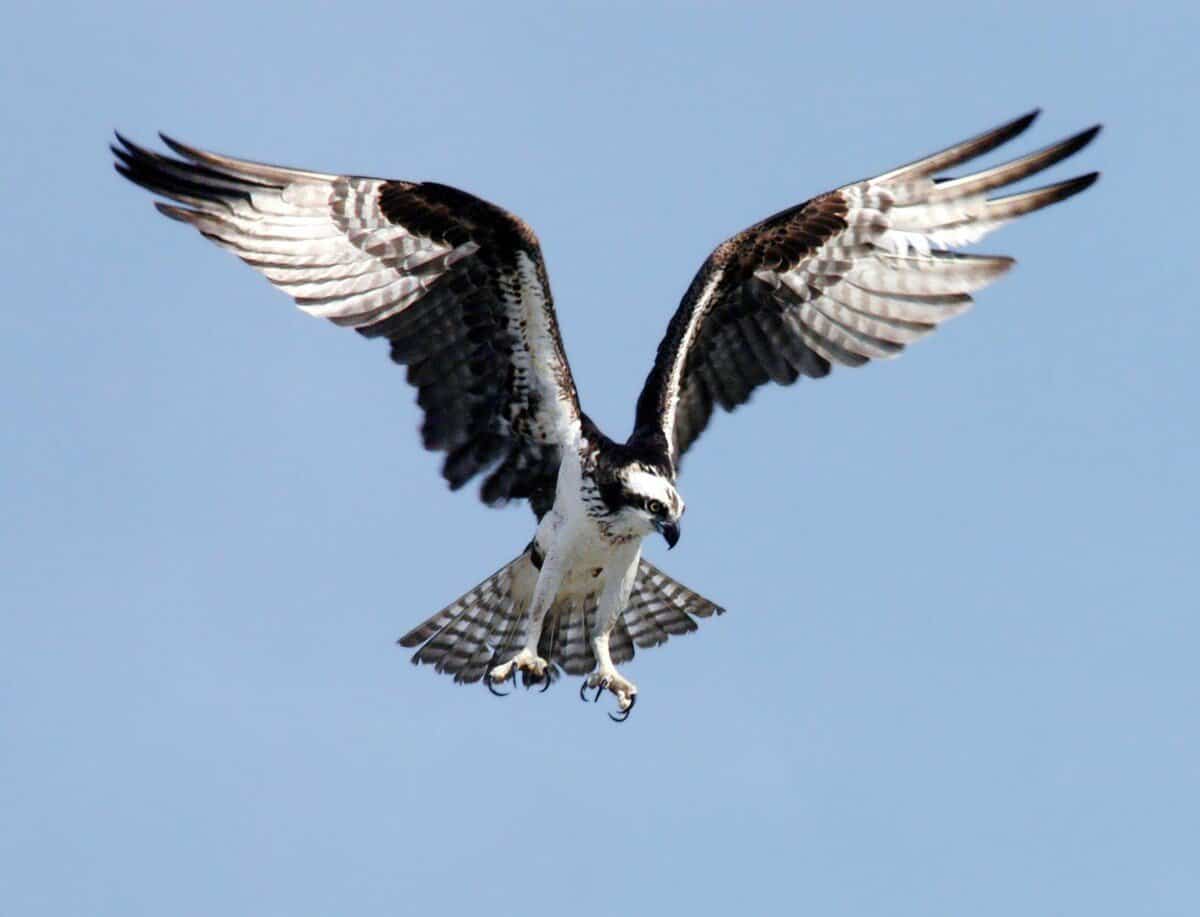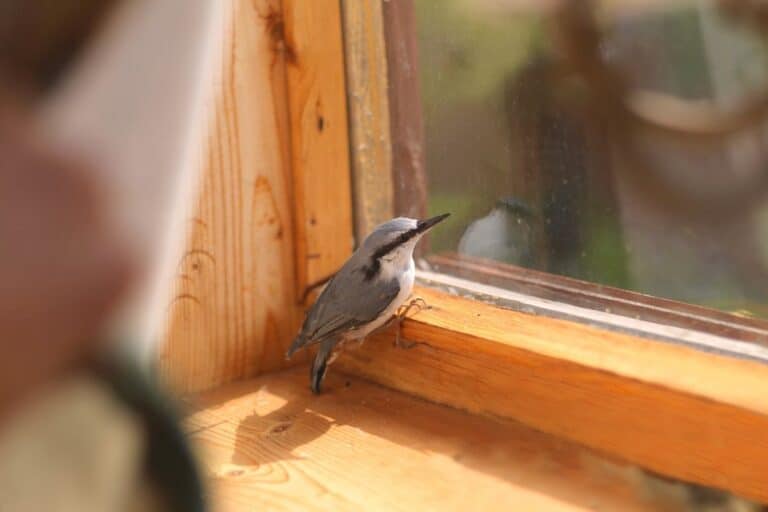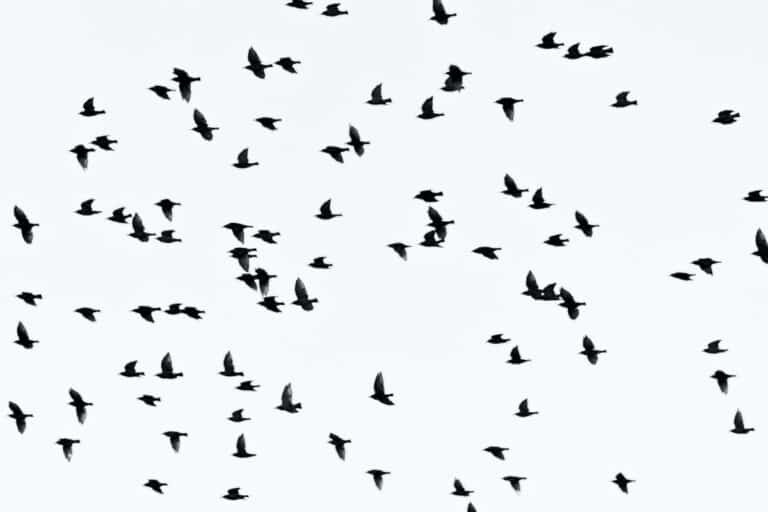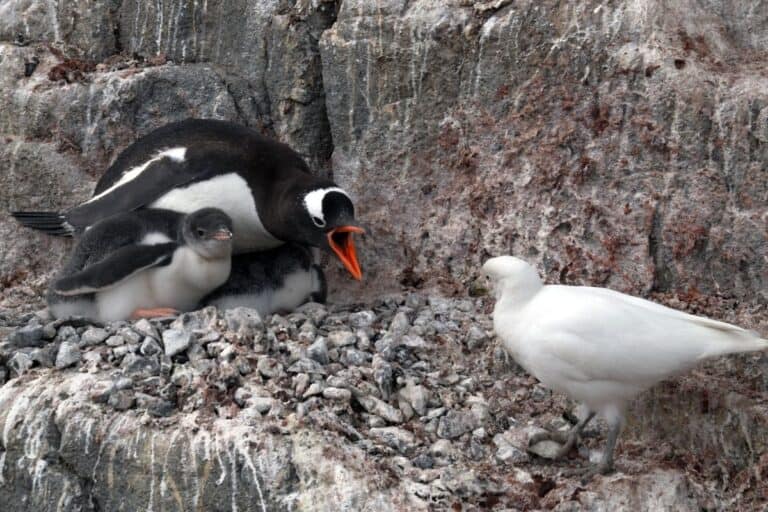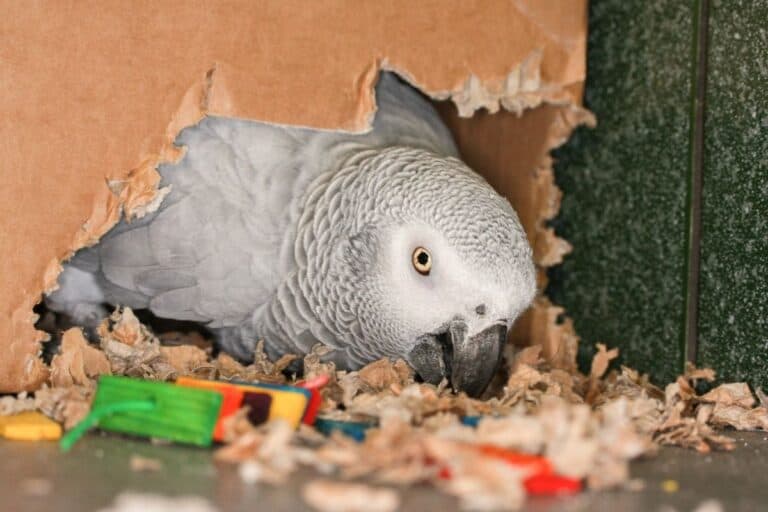Do Birds Take Off Into The Wind? [ANSWERED!]
We’re reader-supported; we may earn a commission from links in this article.
Oh, the mystery of bird flight! Birds have always been fascinating to me, especially as a bird watcher myself. What intrigues me the most about bird flight is their takeoff. I often thought to myself, “do birds take off into the wind?”. So I did some deep research and found a definite answer. Here’s what I found:
Birds do take off into the wind. Larger birds take off into/against the wind to use the wind speed to generate sufficient lift to achieve higher altitude in less time. Birds take off into the wind the same way some pilots do so for plane takeoffs. However, most birds do not take off into the wind.
While some of these larger birds take off into the wind, there are actually a number of ways that a bird can take flight. There’s a lot of information to unpack and learn. Read on to the end find out more!
Lift and Drag
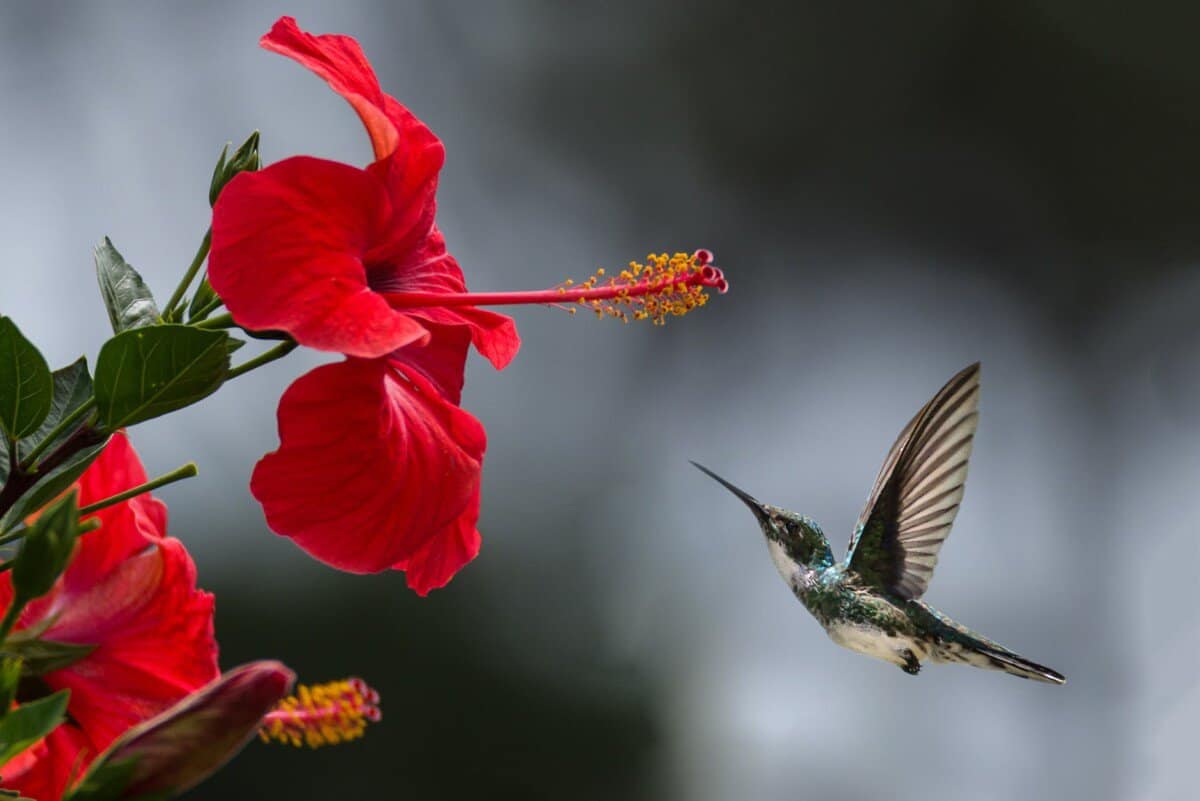
Some birds takeoff into the wind, and I get it, it’s sort of counter-intuitive isn’t it? Shouldn’t the wind slow the bird down and result in a more difficult takeoff?
Well, I thought it to be silly too until I read up a little bit more on how lift and drag works. Its principles are similar to the current day aircraft. Lift and drag are two aerodynamic forces that sustain the flight of the bird.
Lift is generated in the bird first through the air the airflow on its wings, which generates an airfoil around it. This airfoil is the one that enables the bird up experience an upwards force!
Drag is commonly known as the force opposite to the direction of motion. This aerodynamic force can be further categorised into lift-induced drag and parasitic drag, but I shall not delve too much into the details here.
These two forces work together to allow birds to takeoff. Now let’s look further into the different methods in which birds use these two aerodynamic forces to takeoff into the skies!
Birds and Their Takeoff Tactics
1) Taking Off Into The Wind

Birds do takeoff into the wind. But how? Let me explain further. The birds, like airplanes, take off into the wind because they utilize the wind speed in their faces to reduce the speed they have to reach while on the ground.
In other words, the birds get to take off from the ground much quicker when they face the wind.
To take off, birds need to have enough ground speed before they are able to generate enough lift to take off, but flying headfirst into the wind reduces that. How ingenious is that?! Who taught them that? God must be a smart one.
By taking a shorter time to take off, they get to reduce the amount of resources spent in the form of muscle energy for takeoff. The ability for birds to execute a quick takeoff makes a lot of sense. In hunting and in escaping from the prey, birds need to be able to the agility to lift off at any moment of time. In some cases, this can mean life or death to the birds.
Birds also have a streamlined body shape that allows for wind to pass over them without much disruption whenever they face the wind. If the birds ever turns sidewards or backward to the wind, their feathers could get ruffled and rise, making it difficult for them to take flight.
This was observed in an old journal article in a scientific acclaimed journal Nature where gulls were flying against the wind and almost never with the wind.
2) Taking Off With A Running Start:
Like that of a long airplane runway in our airports, the well-known albatross is an example of a bird that requires a great length of a runway to take flight. It needs a running start before it can takeoff.
These birds also take flight into a headwind so as to reduce their ground speed needed as much as possible. They typically launch off an edge of a cliff when the wind is blowing against a cliff.
As they simply do not have the right feathers and bodily features to takeoff from a standing position like birds of prey, they have to result in a running start.
Here’s an interesting video I found to illustrate how albatrosses take off:
They’re just adorable aren’t they?
3) Taking Off From Jumping Into The Air:
Birds of prey are a common type of bird that falls into this category. The birds of this type include: eagles, hawks, and vultures. They are able to takeoff from a standing position. This is done by jumping up into the air and using their large flight feathers to launch themselves into flight.
Here’s how they have done so in a video:
They really have some amazingly powerful legs and arms!
4) Taking Off From Propulsion In The Water:
You may be wondering: “now how do birds who swim and live in the water take flight from the water?”. Interestingly, geese are able to takeoff from the water by running across the surface and flapping their wings. An example of such a type of geese is the Canada Geese. Here’s a video to show how these birds do so:
Humans’ Emulation Of Birds Taking Off Into The Wind
While we know that birds takeoff into the wind, we humans have not stopped at just simply observing them birds! Engineers have used this single concept to allow our airplanes to takeoff with a running start against the wind.
Of course, the aircraft is simply not as light as a bird, so we need all the lift from a running start and taking off into the wind as we can get. Experts say that even the Boeing 747 needs about 150 mph of airspeed to reach “wheels up.” “Wheels up” basically means the point where the plane becomes fully airborne and is no longer touching the ground.
When there is little headwind present, experts say that a plane must accelerate up to higher ground speeds of 180mph before it can lift off. With a theoretical 30mph headwind, the plane only needs to reach 150mph.
We have modeled our aircraft and method of flight after the birds by taking off into the wind in order to generate lift, which allows our planes to takeoff more quickly.
Final Thoughts
We definitely have much to learn from the birds in taking off into the wind. It seems like they have been doing so even before we have learn about its aerodynamic properties. So, lesson learnt, birds DO takeoff into the wind, but not all of them!
My Recommended Birding Resources:
Hey there, Justin here!
Here’s a list of all my favorite resources, products, and brands I trust and love.
My Celestron Nature DX 8×42 Binoculars: It’s a great budget pair for beginner birders. Highly valued for its price! Read my review.
Safe Paint for Bird Baths Guide: Learn about non-toxic paint for painting bird baths.
Safe Sealers for Bird Baths Guide: Learn which sealers are safe for bird baths.
Safe Paint for Bird Feeders Guide: Learn what special care needs to be taken to paint bird feeders with the right paint.
Safe Paint for Birdhouses Guide: Learn about non-toxic paint for painting birdhouses. (Not the same as bird baths!)
Bird Identification Apps Guide: 2 of my favorite birding apps are Merlin Bird ID, and eBird Mobile! Merlin is great for tracking and identifying birds, and eBird Mobile is great for tracking the birds sighted when birding.
Check out my resources page for the full list of resources I recommend!

Justin Chia
Justin is the founder and author of Birding Outdoors. He is a Nanyang Technological University (NTU) alumnus with a Bachelor of Biological Sciences and a former data analyst.
Now, Justin runs the Birding Outdoors blog full-time, hoping to share his deep love for birds, birding, and nature with others.
To unwind, Justin enjoys gaming and reading.

